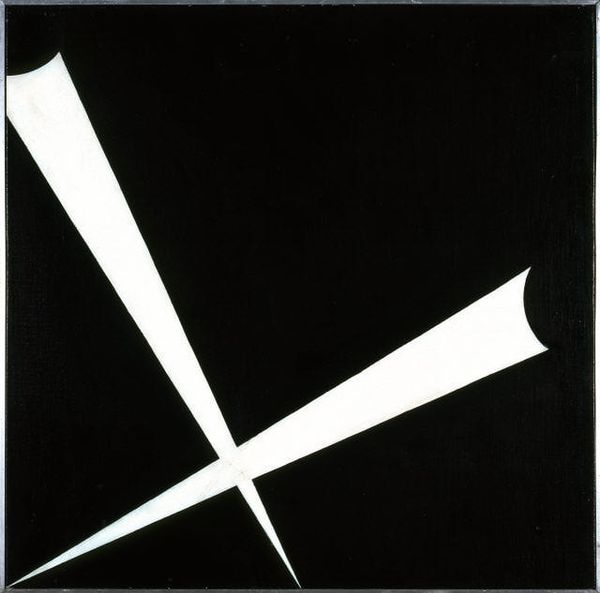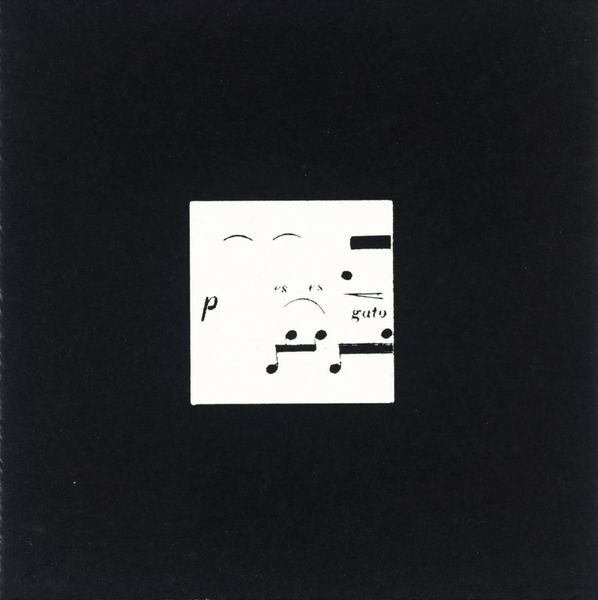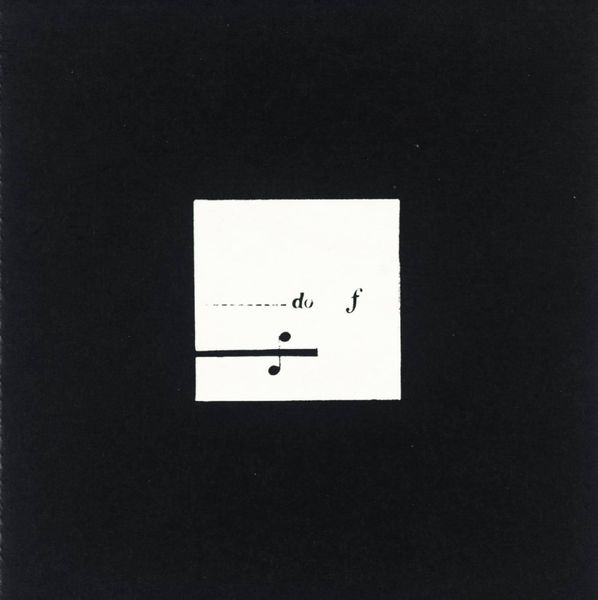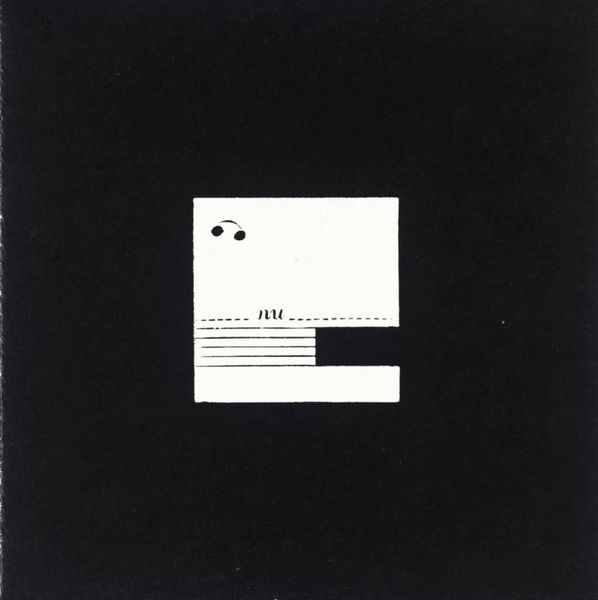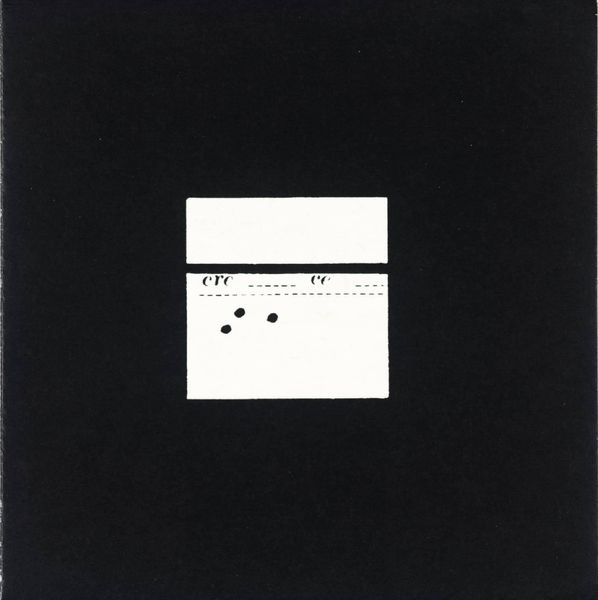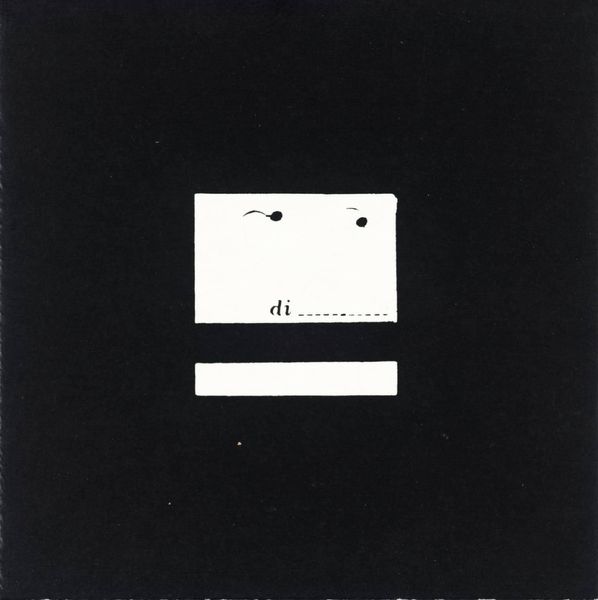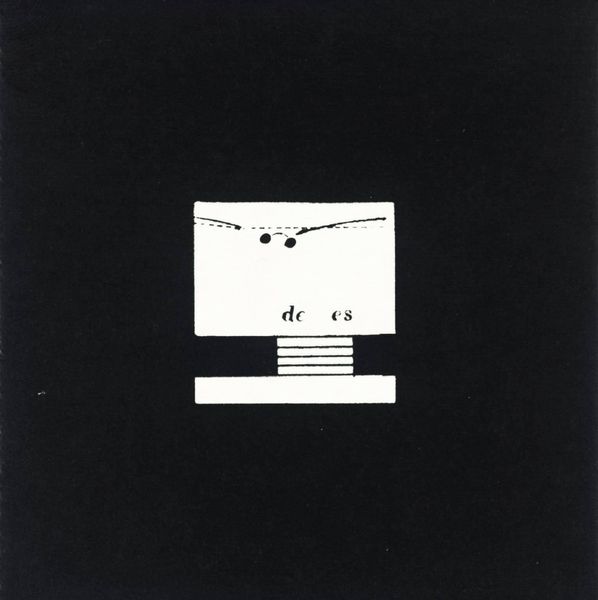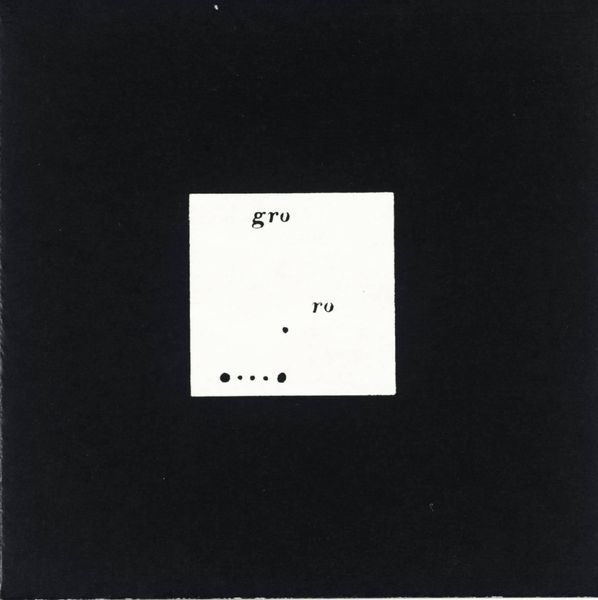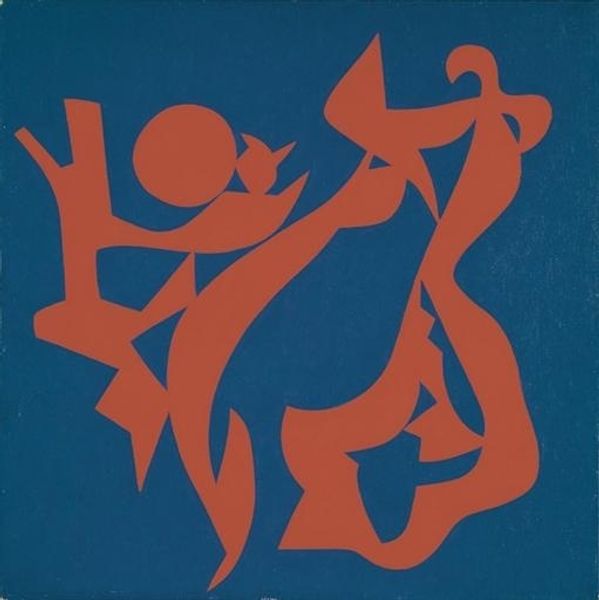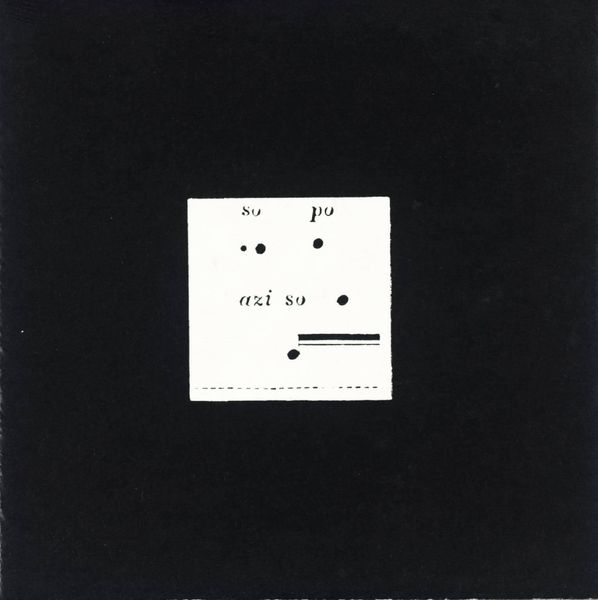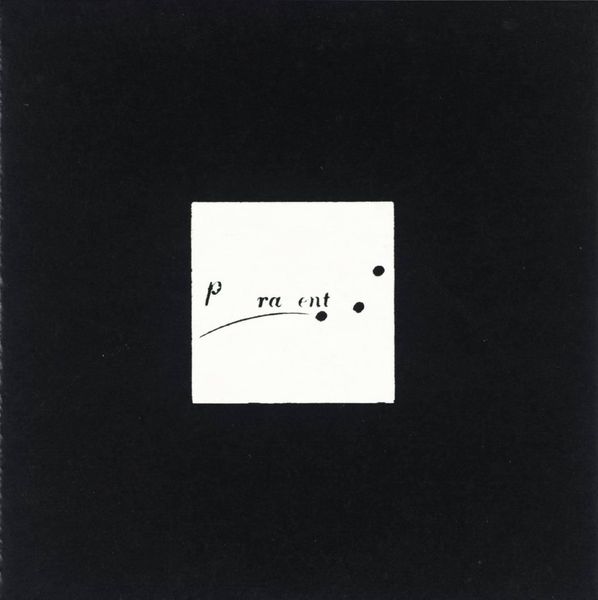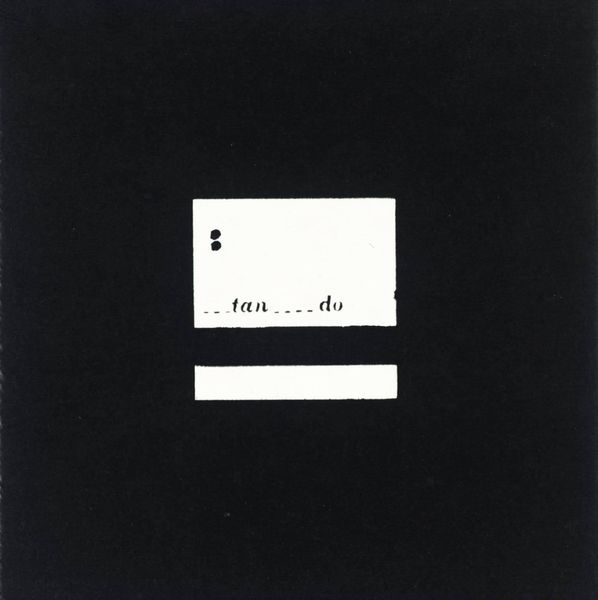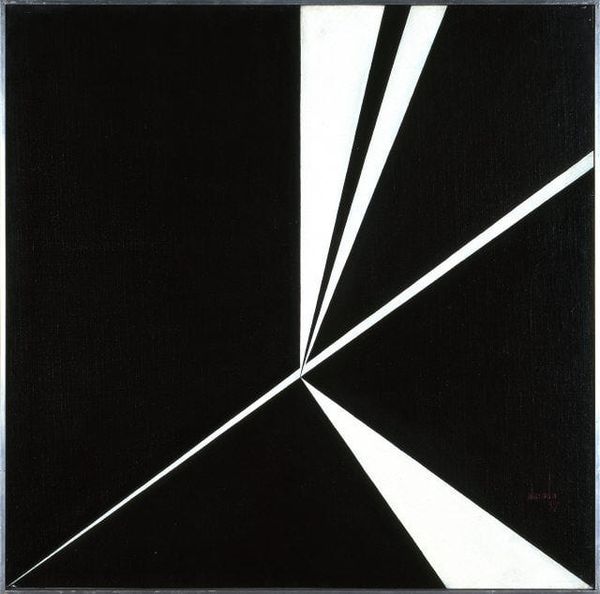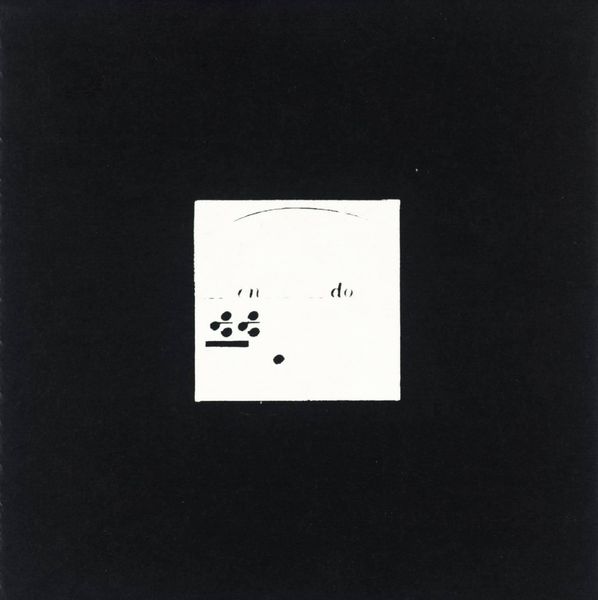
graphic-art
#
graphic-art
#
blue ink drawing
#
geometric
#
abstraction
#
monochromatic limited colours
#
digital-art
#
monochrome
Copyright: Denise Green,Fair Use
Curator: Standing before us is Denise Green's "Tulipidendron #2," a graphic artwork created in 1977. The dominant hues are certainly evocative. What’s your immediate read of the piece? Editor: I am struck by the interplay of texture and form. The linear matrix in deep blue on the left contrasts sharply with the single, bright organic motif on the right, seemingly weightless in its placement. Curator: The title, of course, gestures toward the Tulip Poplar tree, yet Green's depiction is hardly representational. These kinds of geometric stylizations have long roots, if you’ll excuse the pun, evoking heraldic symbols and emblems across diverse cultures. Perhaps a conscious choice to suggest a distilled, essential essence of the natural world. Editor: Perhaps. Formally, I'm compelled by the flatness, that lack of illusionistic depth, despite the subtle shifts in the blue field on the left. The monochromatic limitation highlights the shapes themselves as active participants within the composition. What about you? Is there something symbolic resonating here? Curator: For me, the singular, isolated symbol is intriguing. It resembles not only a plant form, but perhaps an early ideogram—a seed of knowledge, isolated yet full of potential, a solitary bloom in the structured blue grid. Editor: The composition feels deliberately unbalanced, doesn’t it? With the dense, repetitive horizontal marks of the "grid," you have this almost aggressive texture—resembling text or an illegible inscription —competing against the serenity of the symbol. Curator: In a sense it is almost archeological, these delicate plant-like symbol extracted from what appear to be archaic blue script! Maybe there’s a parallel between the deconstruction of nature through abstraction and the distillation of meaning through symbolic form. It's about identifying a kind of visual shorthand for deeper truths. Editor: It's definitely thought-provoking. It also showcases the impact a limited palette can have. Restricting color intensifies scrutiny of line and shape and their intrinsic qualities. It’s interesting how that happens. Curator: Absolutely, and that intense simplicity prompts us to ponder our shared symbolic heritage and question nature in general! Editor: I agree, that’s what’s so successful here, I am leaving more curious than I was before.
Comments
No comments
Be the first to comment and join the conversation on the ultimate creative platform.
